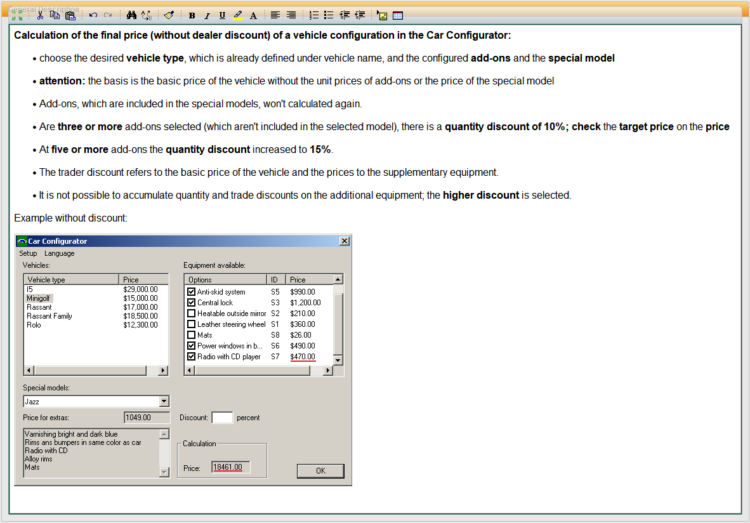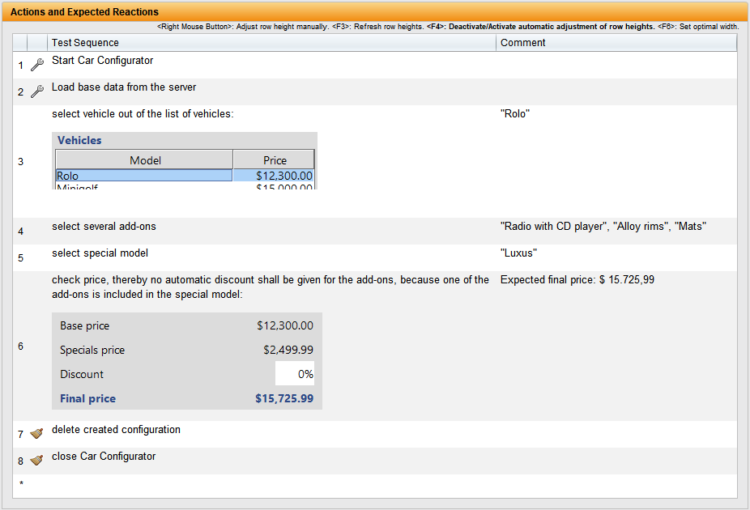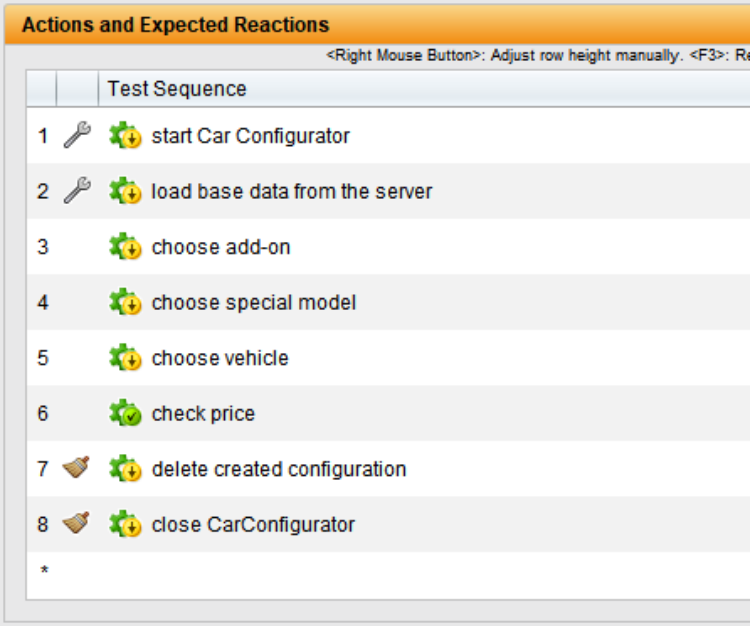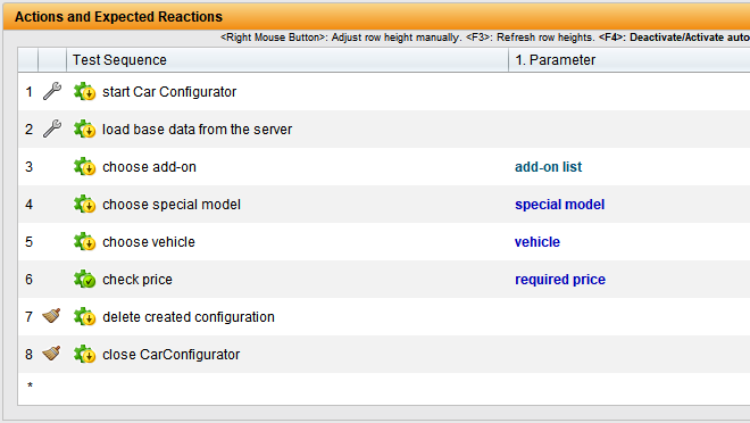What is Test Design?
Test design comprises the comprehensive planning of tests for a specific test object. It involves the creation of test cases and test procedures, which can take various forms, such as separate documents or a combination of documents and database entries. The aim is to define clear processes and methods to ensure that the elements to be tested meet the requirements and that effective test results are achieved.
Challenges in Test Design
The design of effective tests faces a number of challenges that affect the quality and reliability of test results.
These can include the following aspects:

- Missing edge cases and boundary conditions
- Lack of repeatability of the tests
- Unclear or incomplete steps and expected results, leading to misunderstandings and inconsistent test results
- Complex maintenance of test cases due to dependencies
- Insufficient documentation
- Difficulties in the fulfilment of verification obligations
- Lack of time and resources
Test Design in TestBench
TestBench provides a flexible platform for test design, ranging from the simplest formatable text field to reusable and parameterisable keywords. Test designers have the freedom to choose the specification method that suits them best. This flexibility makes it possible to change methods as required or even combine different approaches.





